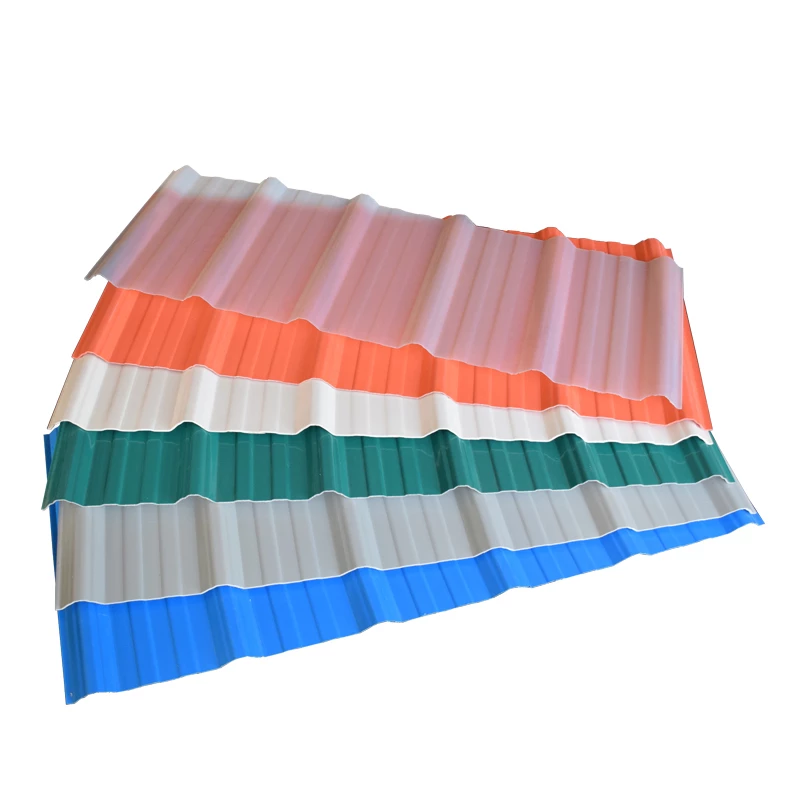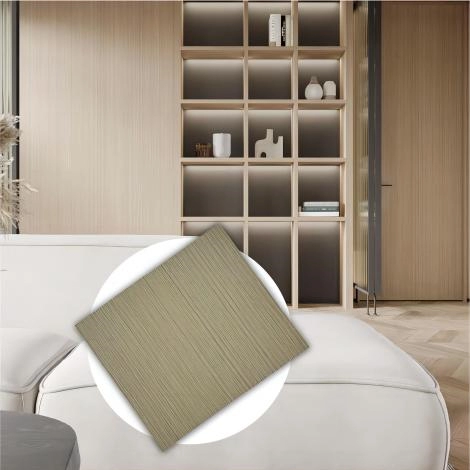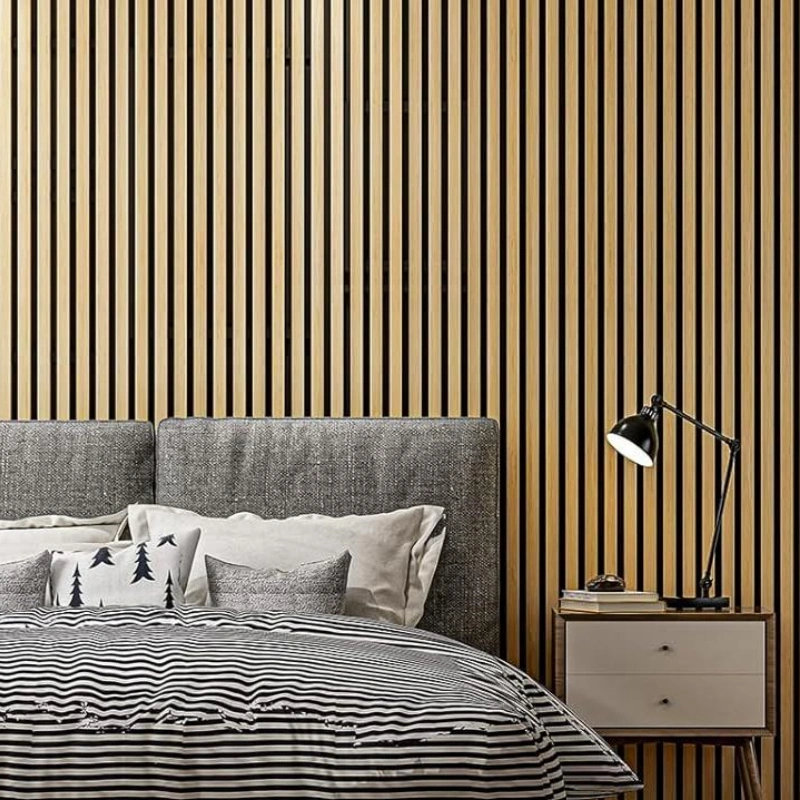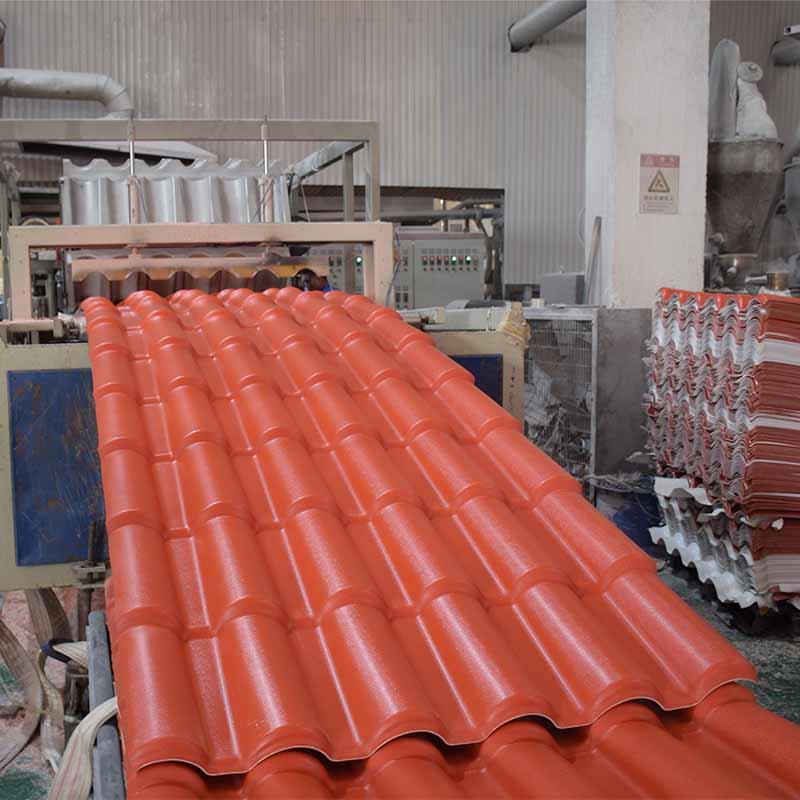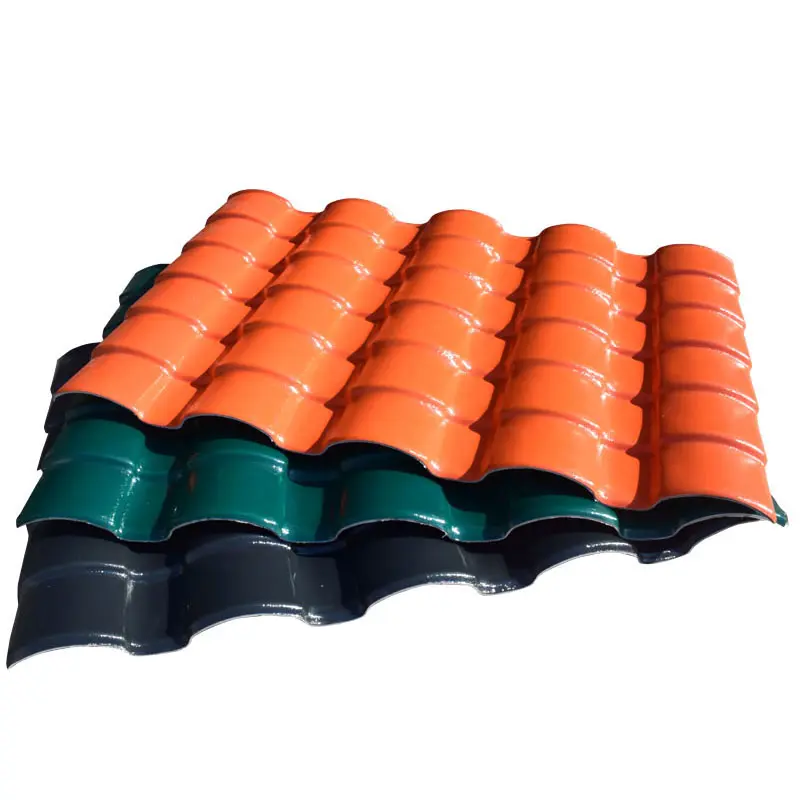UPVC Tile Roof Sheet: The Ultimate Solution for Disaster-Prone Areas
 Sep 16,2025
Sep 16,2025

 Shenyu
Shenyu
In recent decades, the frequency and intensity of natural disasters such as hurricanes, hailstorms, and heavy downpours have surged dramatically due to climate change. These catastrophic events pose a severe threat to buildings, with roofs often bearing the brunt of the damage. As the first line of defense for any structure, the choice of roofing material is not just a matter of aesthetics or cost—it is a critical decision that determines whether a building can withstand nature’s fury and keep its occupants safe. In this context, UPVC tile roof sheet has emerged as a game-changer, offering unparalleled safety, durability, and resilience. SY/Uniko ROOF, a leading manufacturer in the roofing industry, has refined its UPVC roof sheets and ASA synthetic resin roof tiles to meet the unique challenges of disaster-prone regions, providing a reliable solution that outperforms traditional roofing materials.
Why UPVC Tile Roof Sheet Stands Out in Disaster-Prone Areas
Traditional roofing materials like metal, wood, and clay tiles have long been used, but they fall short in the face of extreme weather. Metal roofs corrode in coastal areas with high salt content, wood rots in humid conditions, and clay tiles crack under hailstones or strong winds. UPVC tile roof sheet, on the other hand, is engineered to address these vulnerabilities, making it the preferred choice for areas prone to natural disasters. Below are the key attributes that set it apart:
- Exceptional Weather Resistance
SY/Uniko ROOF’s UPVC tile roof sheet is designed to withstand the harshest weather conditions, from scorching sunlight to freezing rain. Unlike metal, which expands and contracts with temperature fluctuations (leading to cracks and leaks over time), UPVC maintains its structural integrity in extreme temperatures. Its non-porous surface acts as an impenetrable barrier against water, preventing rainwater from seeping into the building even during prolonged heavy downpours. This is particularly crucial in flood-prone areas, where water damage can lead to mold growth, structural weakening, and costly repairs.
For coastal regions battered by hurricanes, the UPVC roof cladding from SY/Uniko ROOF offers an additional advantage: it is immune to saltwater corrosion. Metal roofs in these areas often rust within a few years, requiring frequent repainting or replacement. UPVC, however, remains unaffected by salt-laden air, ensuring long-term performance without degradation. - High Impact Resistance Against Hail
Hailstorms are a major threat to roofs, often causing dents in metal sheets, splitting in wood shingles, and shattering in clay tiles. These damages not only compromise the roof’s ability to protect the building but also lead to expensive insurance claims and repairs. SY/Uniko ROOF’s corrugated UPVC roofing sheet is engineered with high impact resistance, capable of absorbing and dispersing the force of hailstones without cracking or denting.
In field tests conducted in hail-prone regions of northern China, SY/Uniko ROOF’s UPVC roof panels withstood hailstones as large as 5 centimeters in diameter—something that would have destroyed traditional roofing materials. This resilience means that even after repeated hailstorms, the roof remains intact, eliminating the need for frequent maintenance or replacement. - Lightweight Yet Strong: Reducing Structural Load
One of the biggest challenges in disaster-prone areas is the structural load of the roof. Heavy roofing materials like concrete tiles or metal sheets can put excessive stress on the building’s framework, especially during hurricanes or earthquakes. A weaker structure is more likely to collapse under the combined weight of the roof and the force of the disaster.
SY/Uniko ROOF’s UPVC tile roof sheet solves this problem by being lightweight yet incredibly strong. Compared to concrete tiles (which weigh around 50 kg per square meter) or metal sheets (around 15 kg per square meter), UPVC sheets weigh only 5-8 kg per square meter. This significantly reduces the structural load of the building, making it more resilient to hurricanes and earthquakes. The lightweight nature also simplifies installation: fewer workers are needed, and the process is faster, which is crucial for post-disaster reconstruction when time is of the essence.
The Advantages of UPVC Tile Roof Sheet in Specific Disaster Scenarios
Every natural disaster presents unique challenges, and UPVC tile roof sheet is designed to tackle each one effectively. Below is a breakdown of how SY/Uniko ROOF’s products perform in the most common disaster scenarios:
- Hurricanes and Strong Winds
Hurricanes generate winds of up to 250 km/h, which can easily lift or tear off traditional roofing materials. The key to withstanding such winds lies in two factors: the strength of the roofing material and the reliability of its installation system. SY/Uniko ROOF’s UPVC roof cladding is not only strong but also comes with a specialized fastening system that secures the sheets firmly to the roof frame. This system prevents the sheets from being lifted by strong winds, even in hurricane-force conditions.
Additionally, the corrugated UPVC roofing sheet from SY/Uniko ROOF has an aerodynamic design that minimizes wind resistance. Unlike flat metal sheets, which act as sails and catch the wind, the corrugated pattern allows wind to flow over the roof without creating excessive pressure. This reduces the risk of the roof being pulled off or the building’s framework being damaged. In the Indian East Coast, a region frequently hit by cyclones, buildings equipped with SY/Uniko ROOF’s UPVC tile roof sheet have survived storms with winds exceeding 150 km/h, while nearby structures with metal or clay roofs suffered severe damage. - Hailstorms
As mentioned earlier, hailstones can cause catastrophic damage to roofs. What makes UPVC roof panels from SY/Uniko ROOF so effective against hail is their flexibility. Unlike rigid materials like metal or clay, UPVC has a certain degree of elasticity, allowing it to bend slightly when hit by hailstones. This flexibility absorbs the impact energy, preventing the sheet from cracking or breaking.
In addition, SY/Uniko ROOF adds UV stabilizers and impact-resistant additives to its UPVC tile roof sheet during production. These additives enhance the material’s durability, ensuring that it maintains its impact resistance even after years of exposure to sunlight and weather. This is a significant advantage over metal roofs, which become brittle over time and are more prone to denting or cracking in hailstorms. - Flood-Prone Areas
Floods not only submerge buildings but also leave behind standing water and high humidity, which can damage roofing materials. Wood roofs rot, metal roofs rust, and even some synthetic materials degrade when exposed to prolonged moisture. UPVC tile roof sheet from SY/Uniko ROOF is inherently waterproof and resistant to mold and mildew. Its non-porous surface does not absorb water, so even if the roof is submerged for a short period, it will not degrade.
After floods, many homeowners face the problem of mold growth in their attics or ceilings, which can cause health issues and further structural damage. With SY/Uniko ROOF’s UPVC roof cladding, this risk is eliminated. The material does not provide a breeding ground for mold, ensuring that the roof remains safe and hygienic even in the aftermath of a flood.
Longevity and Cost-Efficiency: Why UPVC Tile Roof Sheet Is a Smart Investment
For homeowners and builders in disaster-prone areas, long-term cost-efficiency is just as important as short-term performance. UPVC tile roof sheet from SY/Uniko ROOF excels in this regard, offering a long lifespan and minimal maintenance requirements.
- Extended Lifespan
Traditional roofing materials have relatively short lifespans: wood shingles last 15-30 years, metal sheets last 20-30 years, and clay tiles last 30-40 years. In contrast, SY/Uniko ROOF’s UPVC roof panels have a lifespan of 50 years or more when properly installed. This longevity is due to several key features: - UV Stabilizers: Prolonged exposure to sunlight can cause many materials to fade, become brittle, and crack. SY/Uniko ROOF adds high-quality UV stabilizers to its UPVC tile roof sheet, preventing photodegradation and ensuring that the material retains its strength and color for decades.
- Corrosion Resistance: Unlike metal, UPVC does not rust or corrode, even in coastal areas with high salt content or industrial areas with high levels of air pollution.
- Chemical Resistance: UPVC is unaffected by most chemicals, including 酸雨 (acid rain), which can damage metal and concrete roofs over time.
- Minimal Maintenance
In disaster-prone areas, frequent roof maintenance is not only expensive but also dangerous. Climbing onto a roof to repair or replace damaged shingles after a storm puts workers at risk of falls. UPVC tile roof sheet from SY/Uniko ROOF requires almost no maintenance. It does not need to be painted, sealed, or treated regularly, and it is resistant to mold, mildew, and pests. The only maintenance required is occasional cleaning to remove debris, which can be done safely from the ground using a hose.
This minimal maintenance requirement translates to significant cost savings over the life of the roof. For example, a metal roof may require repainting every 5-10 years, costing thousands of dollars each time. A UPVC roof cladding from SY/Uniko ROOF, however, requires no such upkeep, making it a more cost-effective choice in the long run.
Energy Efficiency and Sustainability: Building Resilient, Eco-Friendly Communities
In addition to its disaster-resistant properties, UPVC tile roof sheet from SY/Uniko ROOF is also an eco-friendly and energy-efficient choice. This is particularly important in disaster-prone regions, where building resilient communities often goes hand in hand with promoting sustainable practices.
- Energy Efficiency
UPVC has excellent thermal insulation properties, which help to regulate indoor temperatures. In hot weather, the corrugated UPVC roofing sheet reflects sunlight and prevents heat from entering the building, reducing the need for air conditioning. In cold weather, it traps heat inside, reducing the need for heating. This not only lowers energy bills for homeowners but also reduces the carbon footprint of the building.
Tests conducted by independent laboratories show that buildings with SY/Uniko ROOF’s UPVC roof panels have energy consumption for heating and cooling that is 20-30% lower than buildings with metal or concrete roofs. This is a significant advantage in regions where extreme temperatures are common, such as hurricane-prone coastal areas (hot and humid) or hail-prone northern regions (cold winters). - Sustainability
SY/Uniko ROOF is committed to sustainability, and its UPVC tile roof sheet reflects this commitment. UPVC is a fully recyclable material, which means that at the end of its lifespan, the roof sheets can be recycled and used to make new products. This reduces the amount of waste sent to landfills and conserves natural resources.
Furthermore, the production process of UPVC sheets requires less energy than the production of metal or concrete tiles. For example, producing 1 square meter of UPVC roof cladding uses 50% less energy than producing 1 square meter of metal sheet. This lower energy consumption reduces greenhouse gas emissions, contributing to the fight against climate change.
In disaster-prone areas, sustainability is not just an environmental concern—it is also an economic one. Communities that use eco-friendly materials like UPVC are better equipped to rebuild sustainably after disasters, reducing their long-term reliance on non-renewable resources.
UPVC Roof Panel Projects : SY/Uniko ROOF’s UPVC Tile Roof Sheet in Action
The performance of UPVC tile roof sheet is best demonstrated through real-world applications. Below are two case studies that highlight how SY/Uniko ROOF’s products have helped communities in disaster-prone areas:
- Coastal Communities in India: Withstanding Cyclones
The Indian East Coast is one of the most cyclone-prone regions in the world, with an average of 5-6 cyclones hitting each year. In 2023, Cyclone Michaung made landfall in Andhra Pradesh with winds of up to 140 km/h. Many buildings in the region suffered severe damage, with roofs being torn off and walls collapsing. However, a residential complex in Visakhapatnam that had installed SY/Uniko ROOF’s UPVC tile roof sheet remained largely unscathed.
The complex’s builder chose UPVC over metal because of its lightweight and wind-resistant properties. After the cyclone, inspections revealed that the UPVC roof cladding had not shifted or sustained any damage, and there were no leaks in the building. The residents were able to return to their homes within days, while those in nearby buildings with metal roofs spent weeks or months in temporary shelters. - Industrial Warehouses in Northern China: Surviving Hailstorms
Northern China is prone to severe hailstorms, which pose a significant threat to industrial warehouses. In 2022, a hailstorm in Inner Mongolia dropped hailstones up to 6 centimeters in diameter, damaging hundreds of warehouses with metal roofs. However, a logistics park in Hohhot that had installed SY/Uniko ROOF’s corrugated UPVC roofing sheet suffered no damage.
The park’s management had chosen UPVC roof panels because of their high impact resistance and low maintenance requirements. After the hailstorm, the warehouse roofs were inspected and found to be intact, with no cracks or dents. The park was able to resume operations immediately, while other logistics parks in the area were forced to close for weeks to repair their damaged roofs. This not only saved the park millions of yuan in repair costs but also prevented losses from delayed shipments.
Conclusion: Choose SY/Uniko ROOF’s UPVC Tile Roof Sheet for Safety, Durability, and Peace of Mind
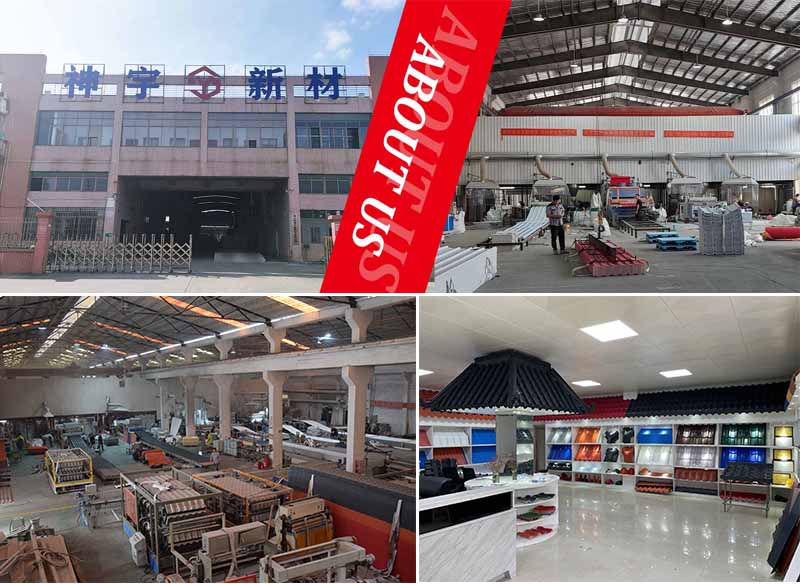
In disaster-prone areas, the choice of roofing material is a decision that affects the safety of occupants, the durability of the building, and the long-term financial stability of homeowners and builders. UPVC tile roof sheet from SY/Uniko ROOF offers a unique combination of safety, durability, energy efficiency, and sustainability that traditional roofing materials cannot match.
Whether you are building a new home in a hurricane-prone coastal area, an industrial warehouse in a hail-prone region, or reconstructing a building after a flood, SY/Uniko ROOF’s UPVC roof panel and ASA UPVC roofing sheet provide the protection and resilience you need. With a lifespan of 50 years or more, minimal maintenance requirements, and cost savings on energy bills, UPVC is not just a roofing material—it is an investment in the future.
Don’t let natural disasters dictate the fate of your building. Choose SY/Uniko ROOF’s UPVC tile roof sheet and enjoy the peace of mind that comes with knowing your roof can withstand whatever nature throws at it.
Whether you are building a new home in a hurricane-prone coastal area, an industrial warehouse in a hail-prone region, or reconstructing a building after a flood, SY/Uniko ROOF’s UPVC roof panel and ASA UPVC roofing sheet provide the protection and resilience you need. With a lifespan of 50 years or more, minimal maintenance requirements, and cost savings on energy bills, UPVC is not just a roofing material—it is an investment in the future.
Don’t let natural disasters dictate the fate of your building. Choose SY/Uniko ROOF’s UPVC tile roof sheet and enjoy the peace of mind that comes with knowing your roof can withstand whatever nature throws at it.
Frequently Asked Questions (FAQs)
1. Why is UPVC tile roof sheet suitable for disaster-prone areas?
UPVC tile roof sheet is durable, weather-resistant, lightweight, and impact-resistant. It can withstand hurricanes, hailstorms, and floods without corroding, cracking, or sustaining damage, making it ideal for disaster-prone regions.
2. Does UPVC roof cladding require frequent maintenance in disaster-prone areas?
No. SY/Uniko ROOF’s UPVC roof cladding is designed to be low-maintenance. It is resistant to mold, mildew, corrosion, and UV damage, so it requires only occasional cleaning to remove debris.
3. How does UPVC roof sheet compare to metal sheets in disaster scenarios?
No. SY/Uniko ROOF’s UPVC roof cladding is designed to be low-maintenance. It is resistant to mold, mildew, corrosion, and UV damage, so it requires only occasional cleaning to remove debris.
4. Can UPVC roof panels be customized for specific disaster risks?
Yes. SY/Uniko ROOF offers customization options for UPVC roof panels, including different thicknesses, colors, and coatings. For example, thicker panels can be used in hail-prone areas, while UV-resistant coatings can be added for regions with intense sunlight.
5. How does UPVC tile roof sheet reduce post-disaster costs?
UPVC’s high resilience means it is less likely to be damaged in disasters, reducing repair or replacement costs. Its energy efficiency also lowers long-term utility bills, and its long lifespan eliminates the need for frequent roof replacements.
 +86 13924808361
+86 13924808361 sales01@syrooftile.com
sales01@syrooftile.com



 Home
Home
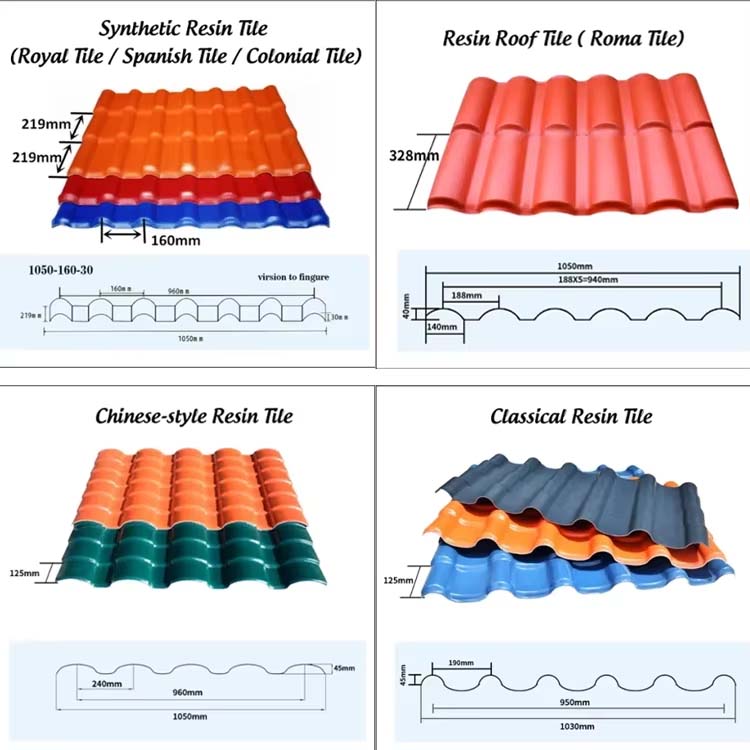

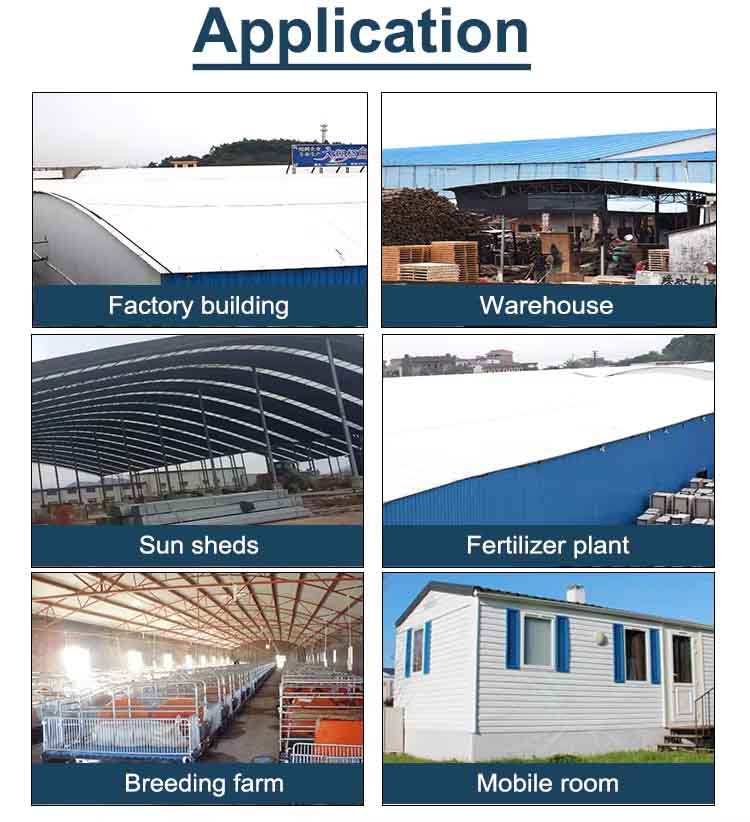
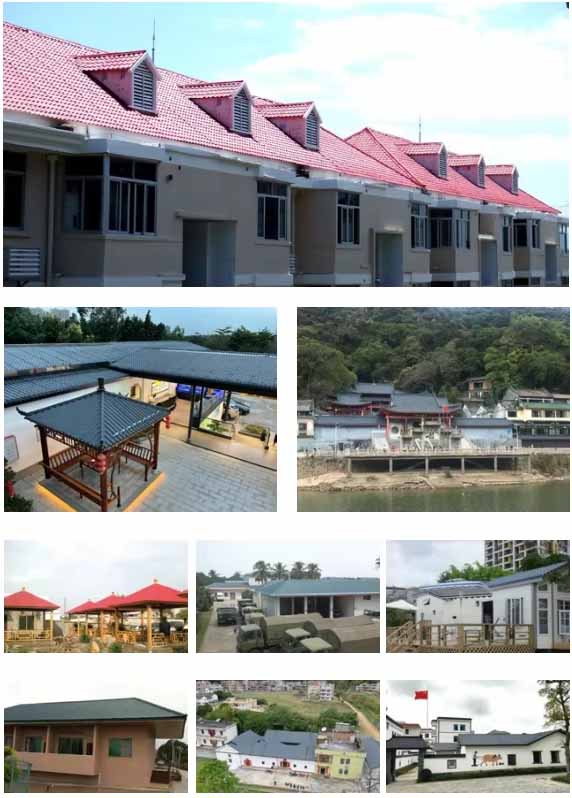
 UPVC Roof Panel: The Rising Star of Sustainable Building Materials
UPVC Roof Panel: The Rising Star of Sustainable Building Materials 


